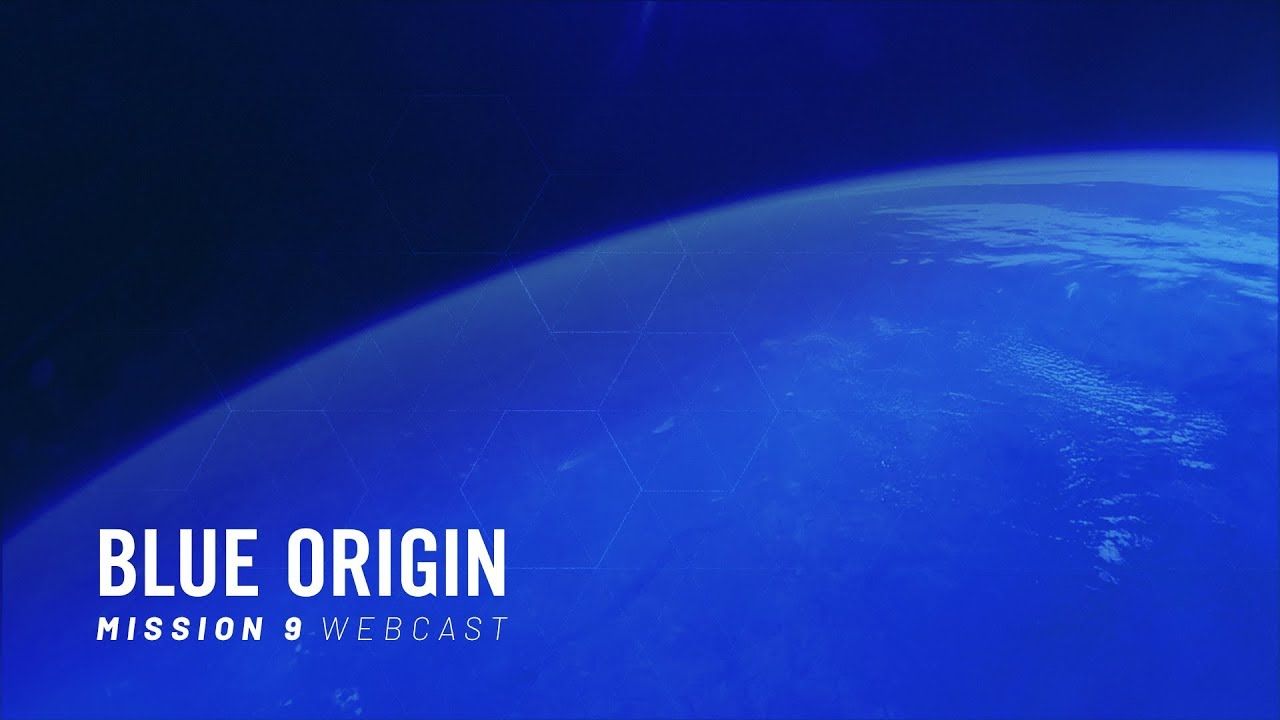Update July 18th, 11:35AM ET: Blue Origin pulled off another successful test launch today, landing both the New Shepard rocket and capsule after flight. The company ignited the capsule’s emergency motor after it had separated from the rocket, pushing the spacecraft up to a top altitude of around 74 miles — a new record for Blue Origin. The firing also caused the capsule to sustain up to 10 Gs during the test, but Blue Origin host Ariane Cornell said “that is well within what humans can take, especially for such a short spurt of time.”
This morning, Jeff Bezos’ aerospace company Blue Origin will attempt the ninth test flight of its sub-orbital rocket, the New Shepard — a reusable vehicle designed to take tourists to the edge of space and back. And for this launch, the company will be testing out the vehicle’s escape motor once again. That’s the system that could help save the lives of future passengers if something were to go wrong during the climb through Earth’s atmosphere.
Like most vertical rockets, the New Shepard is designed to take off upright from a launchpad at Blue Origin’s facilities in West Texas. Perched on top of the vehicle is a capsule for crew members, which the rocket carries skyward during flight. Once the New Shepard reaches an altitude of around 62 miles — what’s often considered the edge of space — the capsule and rocket separate. If passengers were on board, that’s when they would experience a few minutes of weightlessness. Then, both the capsule and rocket fall back to Earth. Parachutes deploy to gently land the capsule, while the rocket reignites its engine to land upright on the ground.
